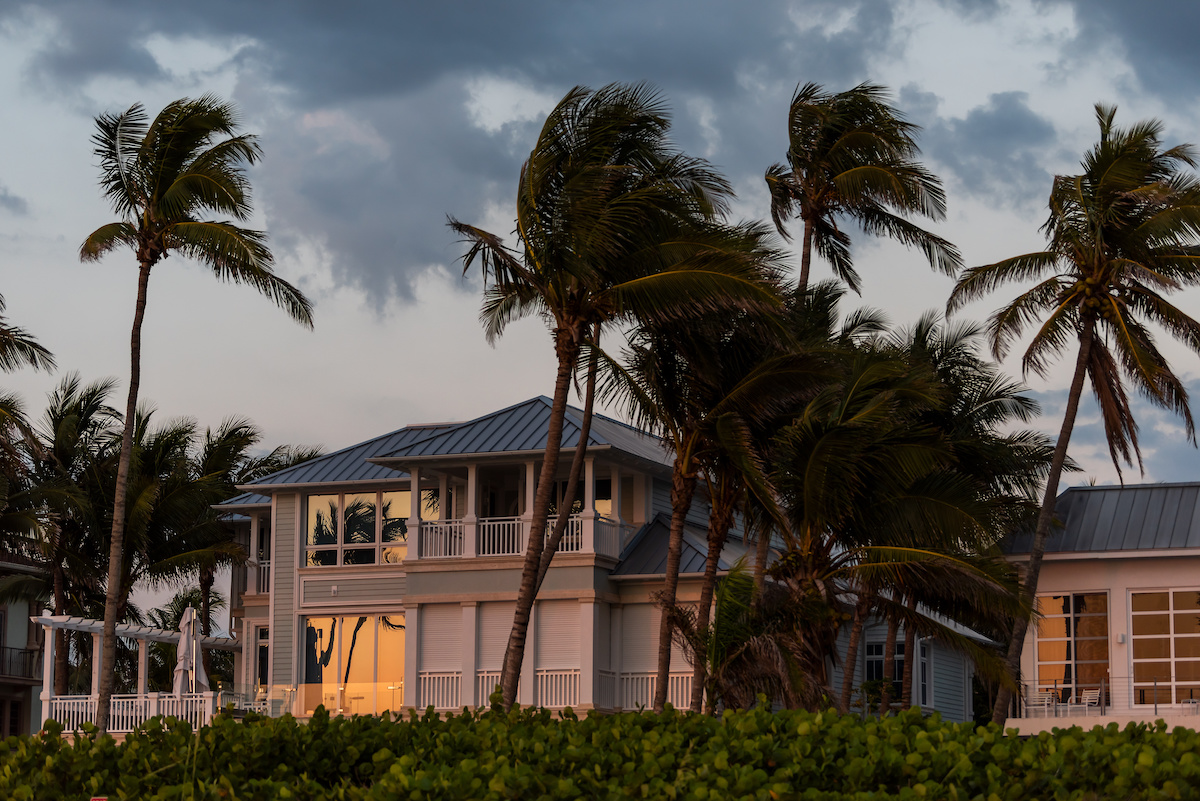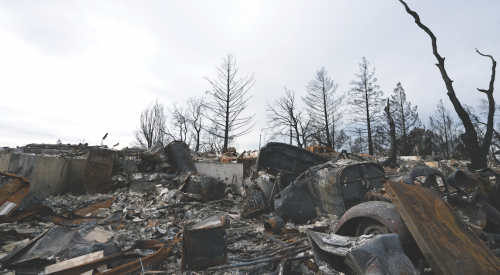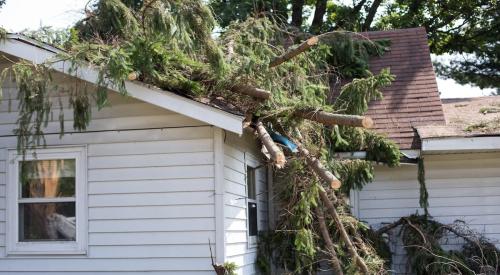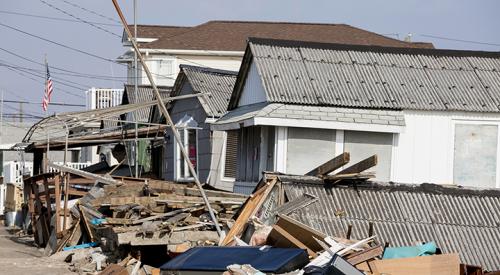After Hurricane Sally damaged the roof of one Florida couple’s waterfront home, insurance payouts only covered two-thirds of actual damages. The couple put $100,000 of their own money into repairs although they pay $28,000 annually for their insurance coverage. Another Florida couple experienced $1.3 million worth of damage from Hurricane Michael, only for their insurance provider to cut them a check for $245,000, writes The Wall Street Journal. Many luxury waterfront homeowners are turning to private insurers to fill in the gaps from their own home insurance policy.
“It’s a very bad experience for consumers; a lot of houses [are] put into unfair situations,” says Nick Steffey, chief executive of ShoreOne Insurance Managers in Dedham, Mass. The company, launched in 2019, offers coastal homes flood insurance, typically as a supplement to their homeowners policy.
Currently, most homeowners in FEMA-designated flood zones get coverage through the National Flood Insurance Program, managed by the Federal Emergency Management Agency. It covers up to $250,000 in damages. FEMA makes additional funds available if a disaster is declared.
The program cap, however, means high-end homeowners are often left with significant out-of-pocket costs. Many also end up underinsured because FEMA’s risk estimates can ignore damage from nearby bodies of water or from strong storms, says Jeremy Porter, head of research and development at First Street Foundation, a nonprofit that advocates for more transparency in flood risk and climate change.










